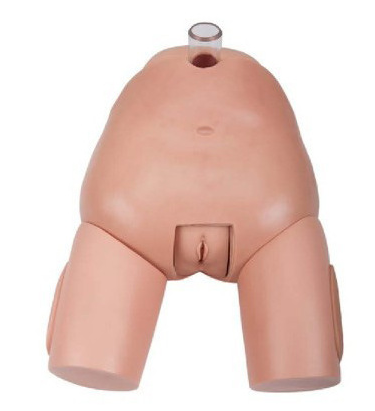Homepageпјҡ NEWS >> Advanced female bladder puncture model, a new choice for practical training
In the medical care of the female urinary system, cystocentesis technique is a vital and complex skill. In order to help medical staff better master this technology, we solemnly launched the advanced female bladder puncture model, providing a new choice for the practical training of medical staff.

The advanced female bladder puncture model brings an unprecedented experience to the training of medical staff with its high degree of simulation and professionalism. The model is manufactured using advanced biomaterials and precision technology, and meticulously restores the anatomical structure of the female bladder and its surrounding tissues, allowing every detail during the operation to be realistically presented. From the shape of the bladder to the direction of the urethra, from the selection of puncture points to the control of puncture depth, the model has been accurately simulated, providing students with a real and reliable practical environment.
The Advanced Female Cystocentesis Model offers many significant advantages over traditional training methods. First, it provides a safe, risk-free practice environment where trainees can practice repeatedly on the model without fear of harm to the patient. This risk-free practice opportunity allows students to operate more boldly and confidently, thereby mastering the cystocentesis technique more quickly. Secondly, the high degree of simulation of the model allows students to truly feel the various details and difficulties during the puncture process, thereby better understanding and mastering the essentials of the technique.
In practical applications, the advanced female cystocentesis model has achieved remarkable results. More and more medical schools and hospitals are beginning to introduce this model for practical teaching of students and skill training of medical staff. By using the model for practical training, the cystocentesis skills of medical staff have been significantly improved, and the accuracy and safety of the operation have been effectively guaranteed. At the same time, the use of models also reduces medical risks and improves patient satisfaction and trust.
Going forward, advanced female cystocentesis models will play an even more important role in medical education and practice. With the continuous advancement of medical technology and the continuous innovation of teaching methods, the model will be continuously updated and improved to better meet the needs of medical education. We look forward to seeing more medical staff improve their skills through the use of advanced female cystocentesis models and make greater contributions to patient recovery and health.
In short, the Advanced Female Cystocentesis Model serves as an excellent medical training tool, providing a realistic and safe practice environment for medical staff. We believe that it will play an increasingly important role in future medical education and practice and contribute to the cultivation of more outstanding medical talents.